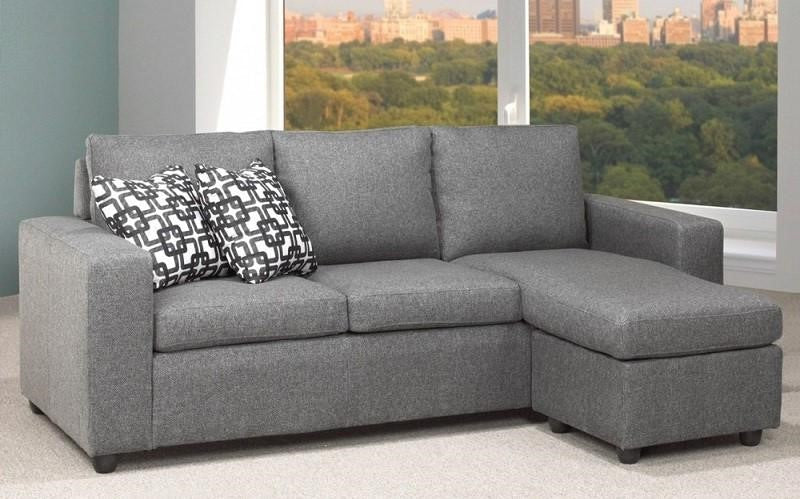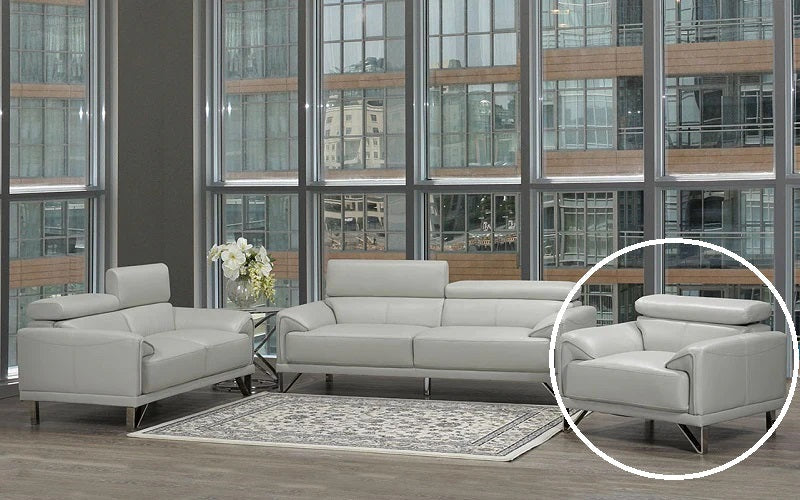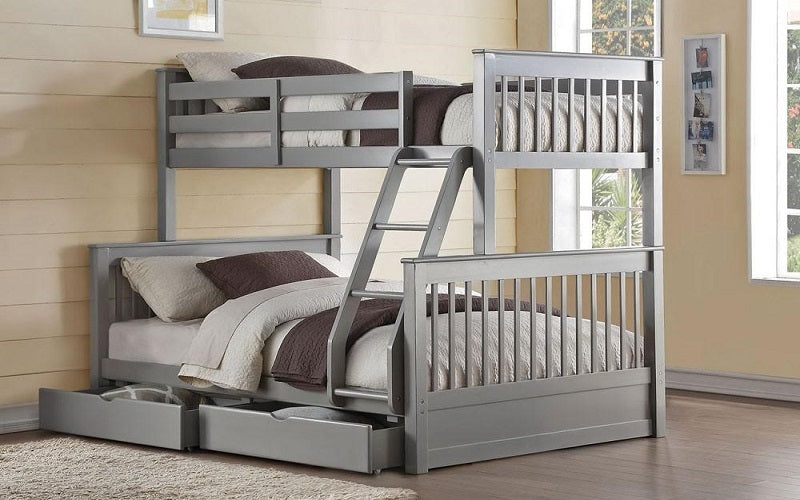Choosing the right furniture arrangement for your living room

The furniture arrangement in a living room can be challenging. The living room is often the heart of the home, a space where family and friends gather, relax, and entertain. A well-arranged living room enhances the space's functionality and contributes to its overall aesthetic and comfort. Whether starting from scratch or looking to refresh your current setup, mastering the art of furniture arrangement can transform your living space into a harmonious haven. Here are some top tips to guide you through the process.
Understanding the basics
Before diving into the specifics, it's imperative to understand the basics of furniture arrangement. These fundamental principles will serve as your foundation.
Purpose and Function: Identify the primary purpose of your living room. Is it a space for entertaining guests, a cosy family room, or a multipurpose area? The function of the room dictates the furniture arrangement.
Focal Point: Determine the room's focal point. This could be a fireplace, a large window with a beautiful view, or an entertainment centre. Arrange your furniture to highlight this feature.
Traffic Flow: Ensure enough space for people to move around comfortably. Avoid blocking pathways with furniture. Aim for at least 2-3 feet of walking space between pieces.
Tips for furniture placement
Once you have a general layout in mind, consider these tips for placing specific pieces of furniture:
Sofa placement
The sofa is often the most significant furniture in the living room and serves as an anchor. Place it facing the focal point, whether it's a TV, a fireplace, or a window. If your room is large enough, consider floating the sofa away from the wall to create a more intimate seating area.
Chairs and Accent Seating
Add chairs and accent seating to complement the sofa and provide additional seating—place chairs at an angle to create a cosy conversation area. Accent chairs can also fill empty corners or balance the layout.
Coffee tables and side tables
Coffee tables should be placed within reach of the seating area, usually in front of the sofa. Ensure there is enough space to walk around the table. Side tables should be placed next to seating for convenience. Choose tables proportional to your furniture and room size.
Rugs
Rugs can define the seating area and add warmth to the room. Choose a rug that fits under all the main furniture pieces. All furniture's front legs should be on the carpet.
Lighting
The proper lighting is essential for a harmonious living room. Combine ambient, task, and accent lighting to create a balanced, inviting atmosphere. Use floor lamps, table lamps, and overhead fixtures to ensure even lighting throughout the room.
Personalize Your Space
After arranging the main pieces of furniture, it's time to add personal touches to make the space your own. Here are some ideas.
Decorative accessories
Add decorative accessories such as throw pillows, blankets, and artwork to infuse your personality into the room. These items can also tie the colour scheme together and add visual interest.
Greenery
Incorporate plants and flowers to bring life and freshness to your living room. Choose plants that thrive indoors and consider their placement based on light availability.
Mirrors and art
Mirrors can make a room feel larger and brighter. Place a mirror opposite a window to reflect natural light. Art pieces should be hung at eye level and can serve as focal points or complementary elements in your design.
Storage Solutions
Storage solutions keep your living room organized and clutter-free. Use stylish baskets, shelves, and cabinets to store items out of sight while maintaining a cohesive look.
Final thoughts
Mastering living room furniture arrangements takes time, patience, and creativity. By understanding the basics, planning your layout, and considering the placement of each piece, you can create a harmonious and inviting space that reflects your style and meets your needs. Whether you prefer a symmetrical layout for a formal look or an asymmetrical arrangement for a casual vibe, the key is to create a balanced and functional living room. This is where you can relax and enjoy family and friends.




